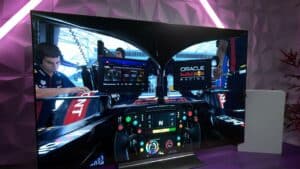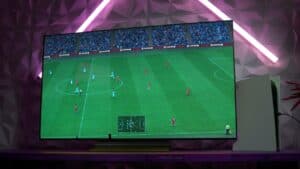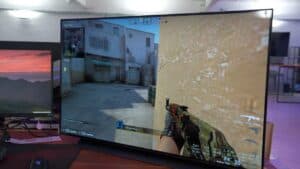Curved TV vs flat: Is curved all it’s cracked up to be?
Should you buy a curved TV or is it just another flat-earth theory?
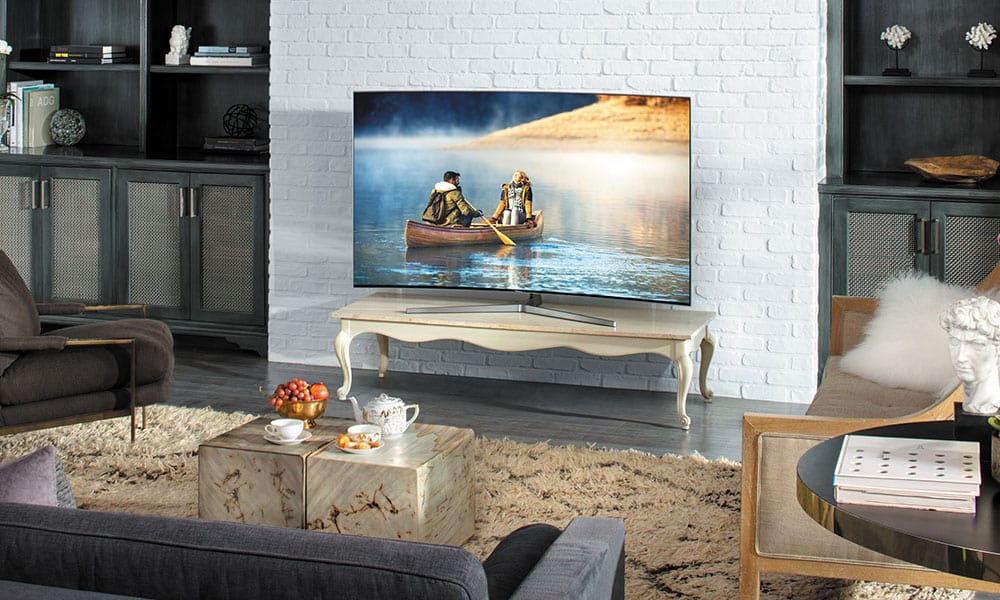
WePC is reader-supported. When you buy through links on our site, we may earn an affiliate commission. Prices subject to change. Learn more
When it comes to modern TVs, one of the big questions we still get asked is; which is better, curved or flat TVs?
Despite demand falling for curved TVs over the last couple of years, many gaming monitors utilize the shape to good effect. Unfortunately, the same enthusiasm can’t be found when referencing curved TVs – with demand for the curved variation plummeting so hard that 2022 offers almost none.
The mid-2010s was the hotspot for curved TVs, with major players offering high-performance variations that featured all the premium specs you could want. While that demand has since died, many people are still curious about the main differences between curved TVs vs flat.
Fortunately, we have a tonne of experience testing and reviewing both variations – with the following article discussing everything you need to know when it comes to flat vs curved TVs. In this guide, we’ll be including all the major performance differences between the panel shapes, including features, benefits, and pros/cons – concluding with whether or not you should buy a curved or flat TV.
TV vs monitor: Which should you choose?
Flat TV vs curved TV
As you can imagine, comparing flat and curved TVs offers up a tonne of pros and cons. Below is all major performance-impacting factors that you need to consider before making your next TV purchase.
Viewing angles and immersion
When it comes to purchasing a TV – whether it be for gaming or everyday consumption – you mustn’t underestimate the importance of viewing angles and immersion. As for our comparison, this is the first area where we see real-world differences between curved vs flat TVs.
Starting with viewing angles, you might be surprised to hear that it is in fact the panel technology that affects viewing angles and not the shape of the panel. That means, theoretically, two monitors with the same VA panel should have the exact same viewing angles.
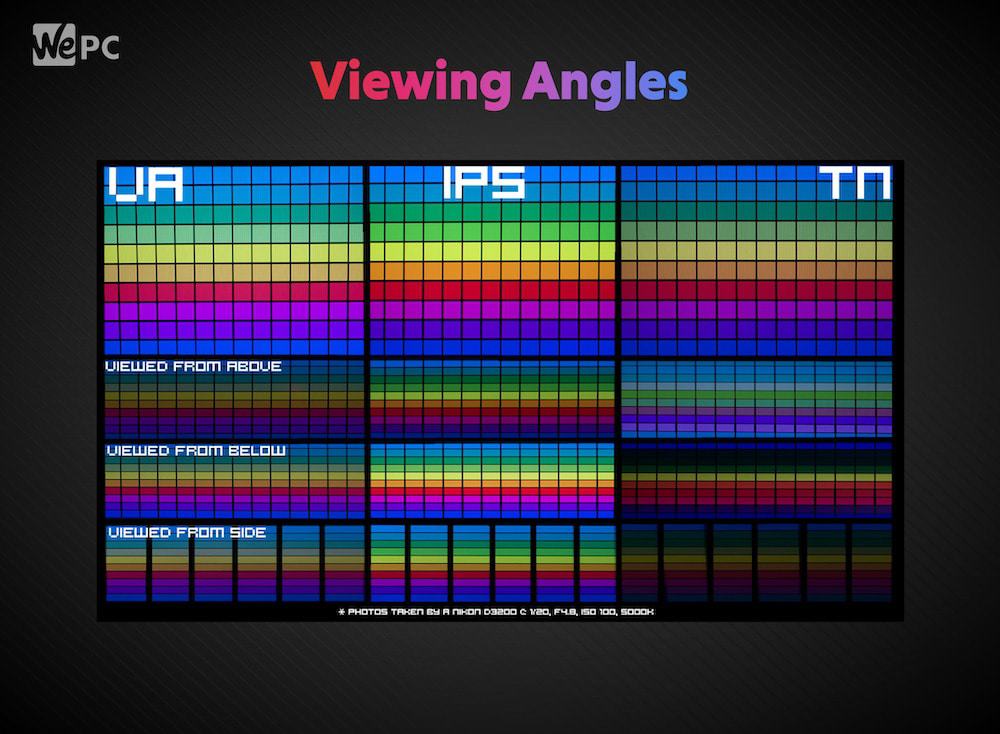
We’ve gone into massive detail regarding the main differences between IPS vs VA vs TN in previous articles, but to recap, IPS offers superior color and viewing angles, while VA is more geared towards wide contrast ratios and deep blacks. TN is a game-friendly panel technology that prioritizes speed over color.
That said, we’ve tested plenty of curved vs flat TVs in the past and it’s rare to see any viewing angle discrepancies between two displays using the same panel technology.
Immersion, however, is very much a factor you must consider when comparing flat vs curved TVs. Panel manufacturers have argued the case for curved displays within the monitor sector for some time now – stating that a curved panel better matches the shape of your eye. Not only does this increase the FOV (field of view) you perceive, but it also provides a more natural, strain-free viewing experience.
Ultimately, while the differences aren’t monumental, they are certainly there – giving the curved TV its first victory.
Size and viewing distance
We touched upon this briefly in the previous section, but to reiterate, curved TVs are perceived to be larger than flat TVs due to the FOV you receive. However, that being said, the differences are fairly minimal.
The recommended viewing distance for both flat and curved monitors is almost identical – with 1.5 to 2 times the panel size being recommended. If you sit any closer, you’ll start to experience eye fatigue, potential image deterioration, and reduced immersion.
This round ends in a draw.
Aesthetics
One of the most obvious differences when comparing these panel shapes is the physical aesthetics they bring to the table. For most people, curved monitors do add a futuristic styling to the design of the TV – offering a slightly Sci-Fi feel to the room. In contrast, flat TVs are much more standard – offering sleek and stylish aesthetics that suit any setting.

However, it goes deeper than style – literally. With modern flat TVs boasting new levels of thinness, it’s hard for the curved TV to compete on physical dimensions alone. As you can imagine, a curved TV is naturally bulkier than a flat TV due to the curve it flaunts. While this might look stylish to some, it does indeed affect the TV’s mounting – whether that be on its stand or via VESA.
All being said, we’ve given this round to the flat TV (but only just).
Reflections
There is a difference in reflections when comparing flat and curved TVs, with flat TVs coming out on top. While both TVs are subject to reflections, the curved TV offers a much worse experience.
Due to the shape of a curved TV, light and reflections become stretched – effectively reflecting on more of the screen. Flat TVs don’t have this issue as the light simply bounces off them in a straight line.
That said, each suffers from reflections – and it really comes down to personal preference which one you choose.
Availability and cost
There is only one winner as far as availability and cost are concerned – flat TVs win. If we were doing this comparison around 5 years ago, you could argue that the difference would be much narrower. However, due to lack of demand, today’s market is almost void of curved TVs.
That’s not to say they aren’t available, but they are few and far between – with most residing in the higher end of the price spectrum.
Flat TVs come in all sizes and budgets, giving them an additional layer of versatility when compared to curved TVs.
Should I buy a curved or flat TV?
So, it all comes down to this – which one should I buy, curved or flat?
Well, due to the sheer lack of curved TVs in today’s market, the question sort of answers itself. Unfortunately, lovers of curved displays are seriously restricted in terms of what TVs are available. You won’t have nearly as much variation when it comes to sizing, performance, specifications, and features.
Right now, it’s a kind of ‘get what you’re given’ situation with curved TVs – making my advice very simple, get a flat TV.


